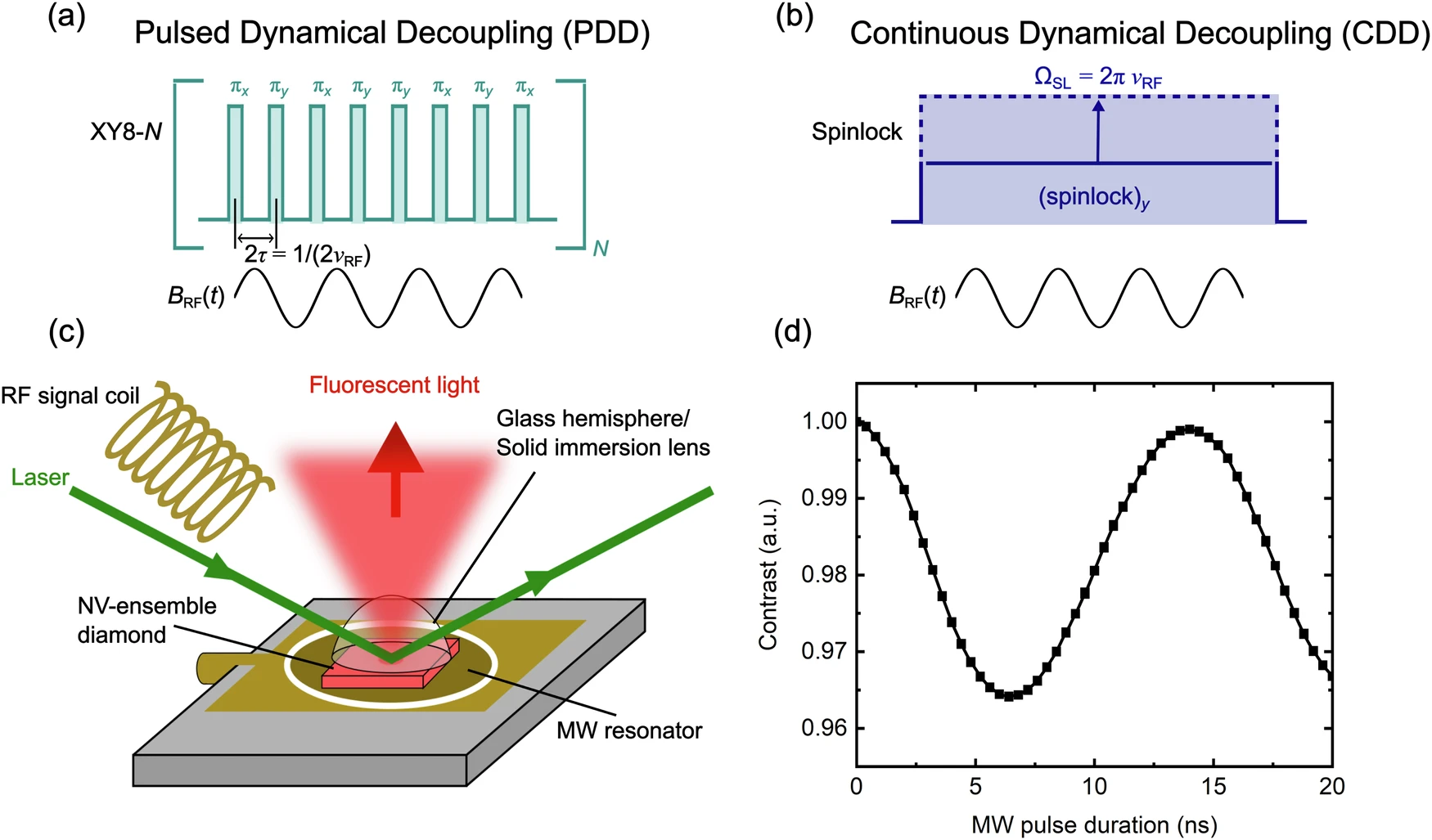A Columbia University team announced that they have discovered a new way to control the phase of light using 2D materials — atomically thin materials, ~0.8 nanometer, or 1/100000 the size of a human hair — without changing its amplitude, at extremely low electrical power dissipation.
The researchers demonstrated that by simply placing the thin material on top of passive silicon waveguides, they could change the phase of light as strongly as existing silicon phase modulators, but with much lower optical loss and power consumption.
The optical properties of semiconductor 2D materials such as transition metal dichalcogenides (TMDs) are known to change dramatically with free-carrier injection (doping) near their excitonic resonances (absorption peaks). However, very little is known about the effect of doping on the optical properties of TMDs at telecom wavelengths, far away from these excitonic resonances, where the material is transparent and therefore can be leveraged in photonic circuits.
The team probed the electro-optic response of the TMD by integrating the semiconductor monolayer on top of a low-loss silicon nitride optical cavity and doping the monolayer using an ionic liquid. They observed a large phase change with doping, while the optical loss changed minimally in the transmission response of the ring cavity.
The study has been published by Nature Photonics. (Columbia University)



